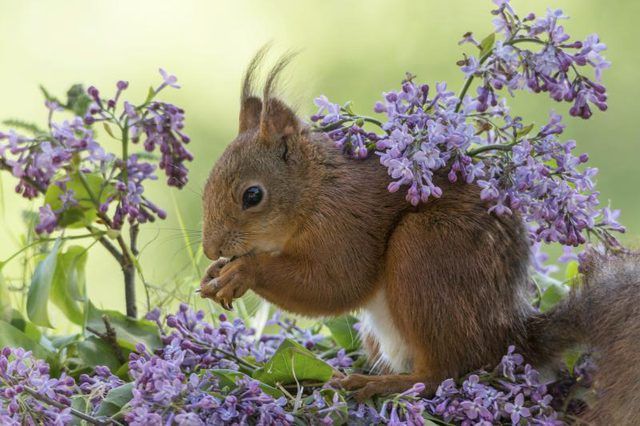Bulbs
Flower Basics
Flower Beds & Specialty Gardens
Flower Garden
Garden Furniture
Garden Gnomes
Garden Seeds
Garden Sheds
Garden Statues
Garden Tools & Supplies
Gardening Basics
Green & Organic
Groundcovers & Vines
Growing Annuals
Growing Basil
Growing Beans
Growing Berries
Growing Blueberries
Growing Cactus
Growing Corn
Growing Cotton
Growing Edibles
Growing Flowers
Growing Garlic
Growing Grapes
Growing Grass
Growing Herbs
Growing Jasmine
Growing Mint
Growing Mushrooms
Orchids
Growing Peanuts
Growing Perennials
Growing Plants
Growing Rosemary
Growing Roses
Growing Strawberries
Growing Sunflowers
Growing Thyme
Growing Tomatoes
Growing Tulips
Growing Vegetables
Herb Basics
Herb Garden
Indoor Growing
Landscaping Basics
Landscaping Patios
Landscaping Plants
Landscaping Shrubs
Landscaping Trees
Landscaping Walks & Pathways
Lawn Basics
Lawn Maintenance
Lawn Mowers
Lawn Ornaments
Lawn Planting
Lawn Tools
Outdoor Growing
Overall Landscape Planning
Pests, Weeds & Problems
Plant Basics
Rock Garden
Rose Garden
Shrubs
Soil
Specialty Gardens
Trees
Vegetable Garden
Yard Maintenance
Are Lilac Bushes Poisonous to Animals?
Are Lilac Bushes Poisonous to Animals?. The phrase “spring is in the air” might well have been coined by someone strolling near a lilac bush (Syringa vulgaris) in full flower. As flouncy as crinoline petticoats, with fragrance ranging from sweet and delicate to warm and spicy, lilac blooms perfume springtime across U.S. Department of...

The phrase "spring is in the air" might well have been coined by someone strolling near a lilac bush (Syringa vulgaris) in full flower. As flouncy as crinoline petticoats, with fragrance ranging from sweet and delicate to warm and spicy, lilac blooms perfume springtime across U.S. Department of Agriculture plant hardiness zones 3 through 7. Although the sun-loving shrubs have a reputation for toxicity, none of their parts are poisonous to people or animals. In haute-cuisine circles, in fact, lilac flowers are considered edible.
Lilacs and Pets
Lilac bushes are free of poison from the tips of their branches to the ends of their roots. Both the California Poison Control System and the Morris Veterinary Center websites certify them as safe for pets. Even so, it's a good idea to keep the family dog or cat from snacking on the shrubbery. Twigs and leaves may get caught in their throats and too much roughage may upset their digestive systems. In addition, spraying your lilacs with chemical pesticides may expose your pets to toxins. To be on the safe side, supervise them when they're around your plants and protect your garden with non-toxic products whenever possible.
Lilacs and Livestock
Lilacs don't make Cornell University's Department of Animal Science's list of plants poisonous to livestock, and Dobbin or Daisy is likely to ignore them as long high-quality pasture is available. To protect your lilacs and your livestock, keep the animals supplied with nutritional, well-balanced forage.
The Source of the Confusion
Anyone who tells you lilacs are poisonous is mistaking the shrubs for a plant confusingly called Syringa and Persian lilac. Also known as the Chinaberry tree (Melia azderach), the Chinese and northern Indian native has become invasive in many parts of USDA zones 8 through 12. The good news is that it doesn't grow in the colder regions suitable for common lilacs. If you're in an area where Chinaberry grows, keep your kids, dogs, cats and horses away from the plant. The tree's bark, foliage, flowers and ripe berries all contain highly toxic compounds. Symptoms of poisoning include vomiting, diarrhea, excessive salivation, weakness and seizures. They need immediate medical or veterinary attention.
Growing Lilacs
Whether you grow lilacs for culinary use or just for their beauty, you'll have the most abundant flowers if you plant the shrubs in organically rich, well-drained soil with six or more hours of daily sun. Each spring, spread 2-inch layers of compost and organic mulch over their root zones, starting 6 inches from their trunks and reaching to their drip line where rain falls from the outermost branches. During summer, they need 1 inch of water, including rainfall, per week. During dry weeks, that amounts to 6 gallons of supplemental water for each 9 square feet of soil. Prune the bushes immediately after their spring flowers fade, cutting dead or old canes back to the soil and weak shoots back to vigorous ones. Never take more than one-third of the canes at a time, and disinfect your pruning tools in a solution of one part household bleach to nine parts water between cuts.